To be honest, not a fan, but sometimes it is necessary, to get you to the places you want to go!
You may be surprised to hear this, but the reality is, it takes me a while to get used to the camping lifestyle, but occasionally we do it out of necessity, you see it gets you to places you would otherwise never get to see.
But also we really love our kit, so here it a bit of a whizz through some of our camping stuff and why we got what we did.
Now here we need to differentiate different ways of camping. We are not fans of the new form, glamping, luxury sites with sauna, pools and hot tubs, everything out of the back of the car, including full size barbeque. We are not fans of campsites at all, preferring something a little more away from it all, a little more isolated, a little more wild.
So far, on this trip, not a great deal of opportunity has arisen. We have taken advantage of some excellent European mountain refuges, but it may be that a few mountains may require a night or two in the wilderness and if that is the case we will be ready.
So the sort of camping we are talking about is trekking with your home on your back.
Now straight away there is a bit of a problem; walking is energetic, trekking is more so and at altitude it can be pretty much exhausting. Every kilo you take weighs you down, slows you down, but there is also another thing to consider, bulk. You rucksack will have a finite capacity and everything must fit in it, but if you are going to be doing some serious trekking it must also not affect your balance, you may be scrambling or climbing with this stuff on you back.
So top tips; lightweight and packs small.
Accommodation
First things first, where are you going to live. Obvious choice, tent. You might also consider a bivvy bag, although if there are two of you, you may find a tent lighter.
So things you need to think about; how much does it weigh, how small does it pack and what season rating is it. Season rating will effectively tell you whether you will be able to pitch it in a field or on a mountain, so four season tents should withstand wind and snow.
We have a very old tunnel tent, made by The North Face, it is a design they have stopped and then restarted several times, because it is really effective and popular. It is called ‘The Westwind’.
It is a three pole design, sleeps 2 and weighs under 3 kilos. You can see by all the external guy ropes, it can be properly secure to the ground. Its aerodynamic form is incredibly stable when placed into the wind. Further stability can be achieved internally. A series of loops allow you to tie internal guy lines.
You will also note the fairly steep angles so that snow is unlikely to build up on top of the tent.
The tent takes about three minutes to pitch even in strong-ish winds.
Internally it is not the most spacious tent here we are at the pragmatic end of the market. It is good enough for two, and has a sizeable vestibule.
We tend to drag everything inside, rucksacks go under the feet, clothes add an extra layer of insulation and comfort under the body, and other stuff goes down the edges or are stuffed in the side pockets. This then leaves the vestibule free for cooking.
Additional accessories;
A footprint- A second groundsheet which the tent sits on, will prolong the life of the most venerable bit of the tent the groundsheet.- highly recommended.
A loft- extra storage space! A bit of fabric that suspends inside the tent. Not very practical, reduces headroom- not recommended.
You may want to consider specialist pegs for snow if you are going to camp on a glacier.
Like waterproof clothing, your tent needs waterproofing from time to time. It all depends on how much you use it, how much exposure to the elements it gets, use regularly and you will want to re-proof it yearly. Usually a spray on liquid, we prefer nikwax.
This example is very practical for a field, it has much more headroom and is bigger, but it will weigh much more and will be really bulky when packed. It is also unlikely to survive a storm particularly well.
Couldn’t find ours on Amazon, here is an alternative 4 season by The North Face;
Sleeping arrangements
Here we are talking sleeping mats.
Sleeping mats serve two main purposes; most importantly they insulate you from the cold ground, remember you may have pitched on a freezing glacier. Sleep on this without an insulative layer and you will quickly become hypothermic.
They also provide a bit of comfort, as you may be sleeping on rock hard ground.
At the most basic end of the market you are looking at layers of foam. These are relatively light weight, but they do not pack very small, and they end up dangling precariously from many backpackers rucksack. This is not good for the trekker, where they are likely to get caught and snagged on the trail, either getting damaged or pushing you off balance. These might cost €10-20. The ones which are corrugated trap more air so should keep you warmer, but these will be more expensive.
More expensive are self inflating foam mattresses. The leading manufacturer is Thermarest, but cheaper, but inevitably heavier and bulkier versions can be purchased from Decathlon. These will be €30-100. They come in different lengths. A shorter one may suffice, will be lighter and less bulky, and you can use you rucksack for your legs.
We really splash the cash on this one, going for a down filled inflatable mattress by Exped.
Incredibly comfortable, light and small when packed, they also come in various lengths. Because down gets easily damaged and loses its insulative capacity you cannot inflate them by blowing into them. The moisture in your breath would ruin the thermal properties, so they come with a very lightweight pump. They inflate in under one minute.
Duvet
What you curl up in at night will be your sleeping bay. The bid decision here is natural or synthetic.
Natural– Incredibly warm, lightweight and packs small, but costs a lot and when wet will be cold.
Synthetic– heavy, bulkier, cheaper but will still keep you warm even when wet.
Natural, we are talking down feathers usually goose. The higher the fill value the warmer the bag. More down, more warmth, more cost. They compress very small, but too much compression will damage the down, and only compress when you need to, keep them uncompressed and aired when at home.
We have never had a problem keeping the bag dry, but the inside of a tent can get quite a bit of condensation on it, so remember to allow for some ventilation, some air movement and this should alleviate the problem, also keep the sleeping bag away from the sides of the tent, maybe using your waterproofs. Most bags have a water resisting finish to the outside. Some even use Goretex. One person I once trekked with said his sleeping bag could be used in a stream, don’t believe everything you are told. You may remain dry but you would still be damned cold with all that water flowing over you!
We have down sleeping bags; a North Face superlight and a Marmot- Never Summer €200, but getting on a bit in age, but still got a lot of mileage left.
Both reported go down to –18 degrees centigrade, but we have probably only experienced about –5.
The Northface Superlight
Things to look out for, good baffles around the zip. You don’t want any cold spots or draughts
A neck baffle and drawstring so that you can pull everything tight around your head and still breath.
Nice features on the Superlight, somewhere for your phone, watch or alarm, for that early morning wake up, and a compartment under the head so you can stuff some spare clothing to act as a pillow.
Marmot Never Summer
Your sleeping bag is probably your bulkiest item to carry. You can reduce that bulk by using a compression sack. We use these really lightweight ‘Podsacs’ These are not waterproof.
This is the bag before compression.
And afterwards.
You want to minimize the amount of time you bag is compressed. Get it out as soon as possible and fluff it up, allow all that down to get back its insulative power.
You may also want to get a sleeping bag liner. Down bags are difficult to clean and you will reduce the life of them by repeated washing. Using a liner will help. These are also pretty much mandatory in refuges and huts. The lightest, smallest, most comfortable and costly are made of silk, €50. Synthetic come a close second but are much cheaper, but not so comfortable, €30. Cotton is also cheap, a bit heavier and bulkier and also comfortable.
The kitchen
Your stove needs to be small and lightweight- there is a bit of a theme going on here. In Europe we use ‘The Pocket Rocket’ by MSR.
We really like this brand, really well put together kit, although not cheap.
The canisters are widely available in Europe and the size shown costs about €6 and will last you several days of cooking.
The stove boils a pan of water in about three minutes so is really quick, depending on altitude of course.
Further afield in the rest of the world you may want a multi-fuel stove, as the canisters may be less widely available. In this case we use a MSR XGK, will burn pretty much all liquid fuels and is completely field maintainable with a spare kit of parts; replacement seals, lubricants, different burners etc..
The Pocket Rocket fits into the small triangular plastic container and weighs 110 grams, which includes the case.
The pocket rocket is very quick but very noisy, so you won’t be popular when on a campsite.
Our pots, mugs and cutlery are also by MSR.
These are all made out of titanium and are therefore expensive but are super lightweight.
The large pan weighs 114 grams
The small pan weighs 79 grams
The lid weighs 57 grams
The cup weighs 50 grams
The spoon and fork weighs 32 grams
Pot holder 28 grams
You really begin to notice all that weight saving when you are carrying everything you need for a two or three day trek.
And the last item for this post, it is impractical to carry several days worth of water and you cannot always be certain of the purity of that water, we therefore carry a water filter.
Ours is by Katadyn and is again completely field maintainable with spare parts should you need them.
Water filter weighs 575 grams.
GDR

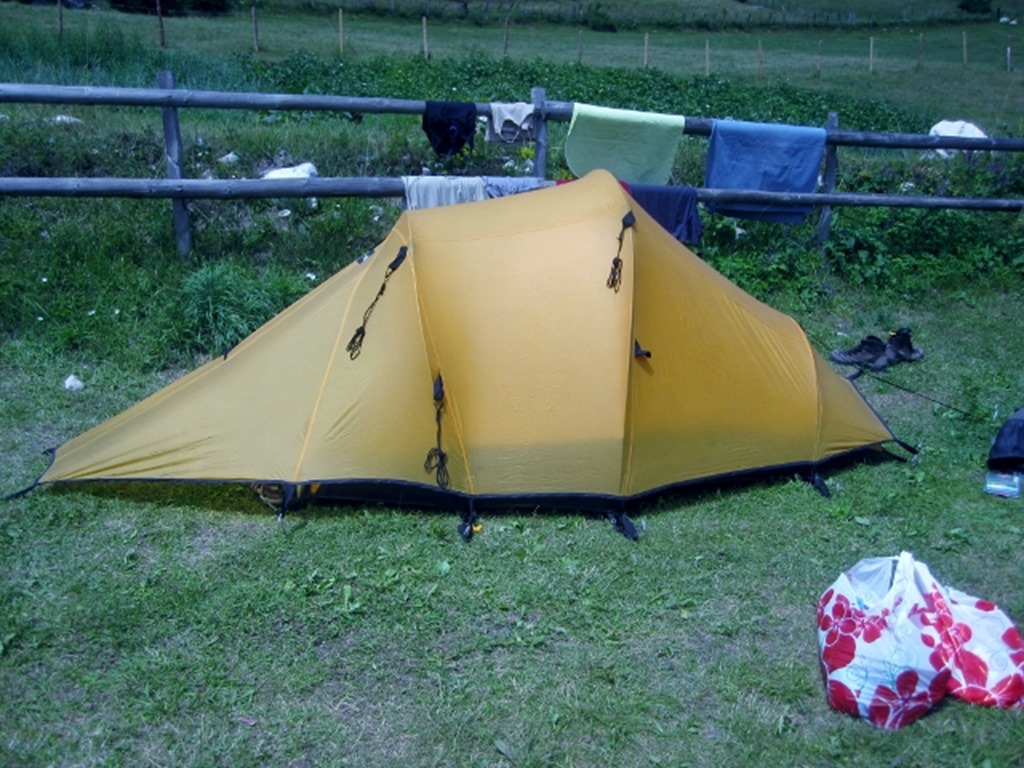
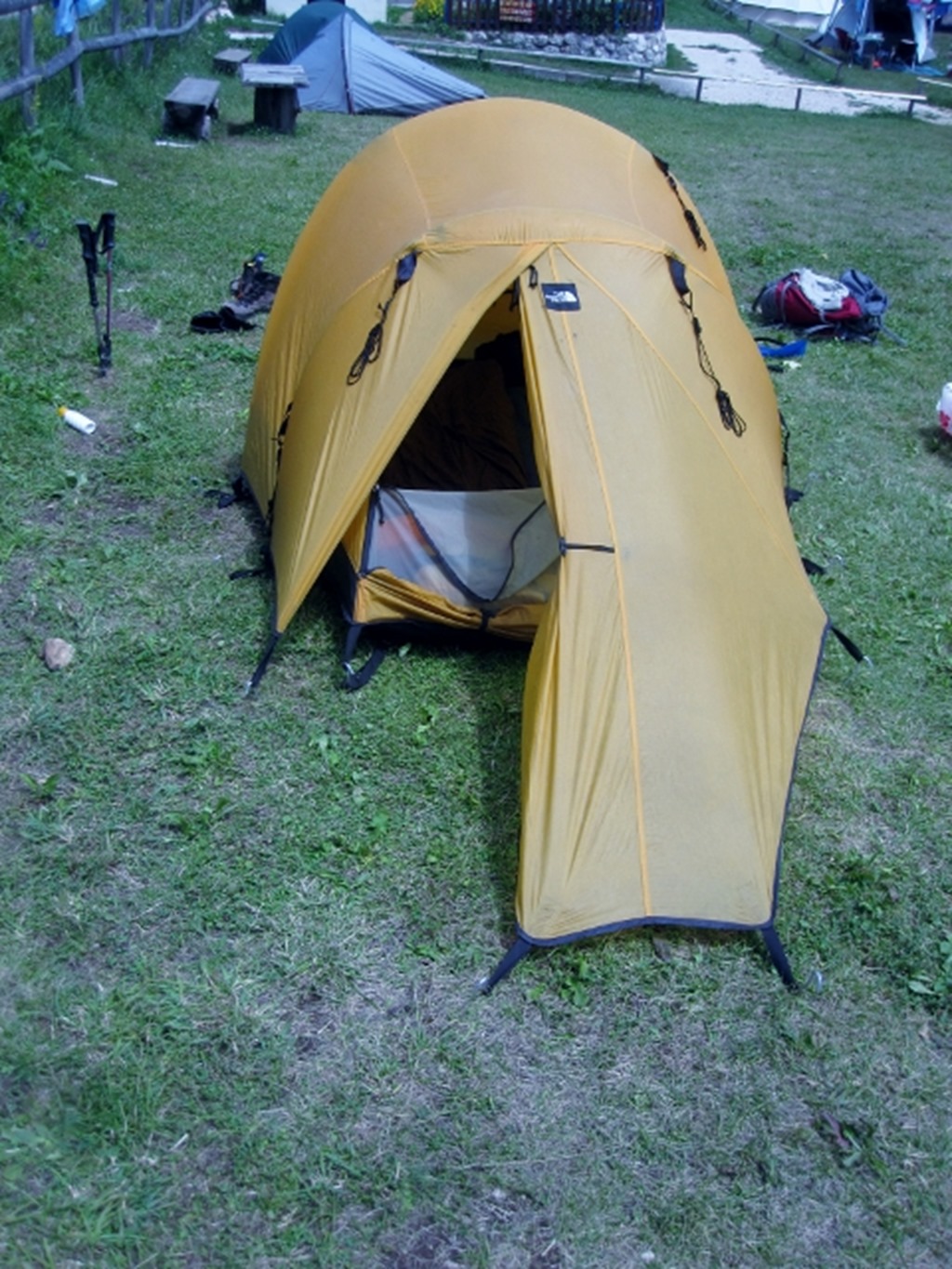
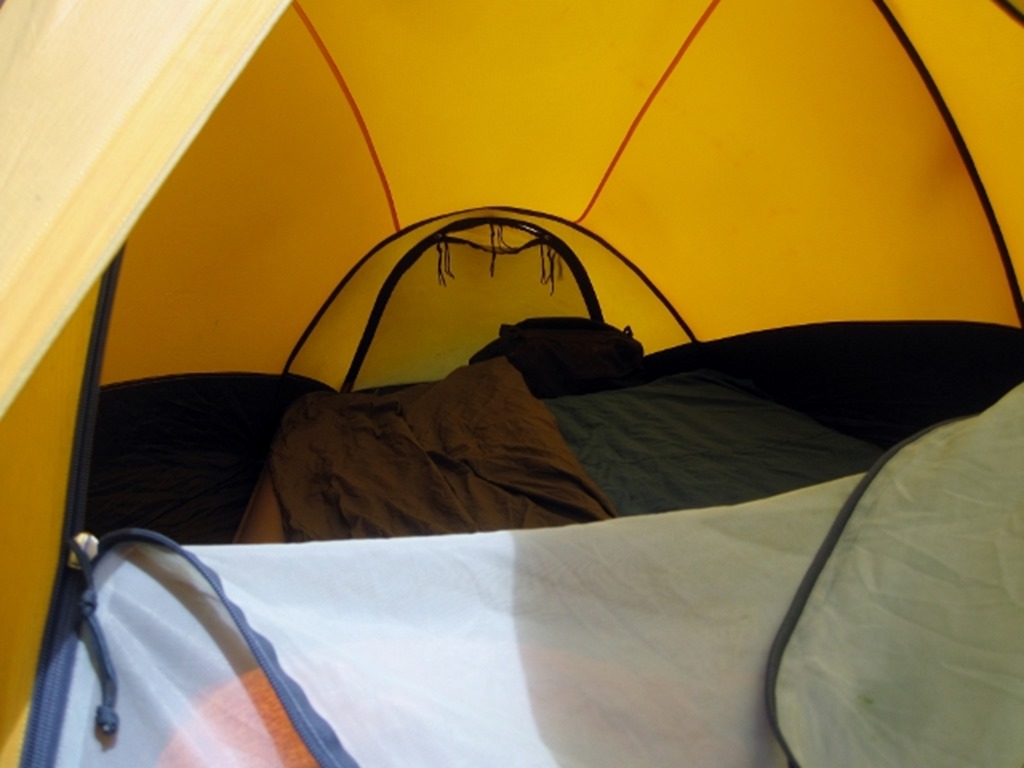
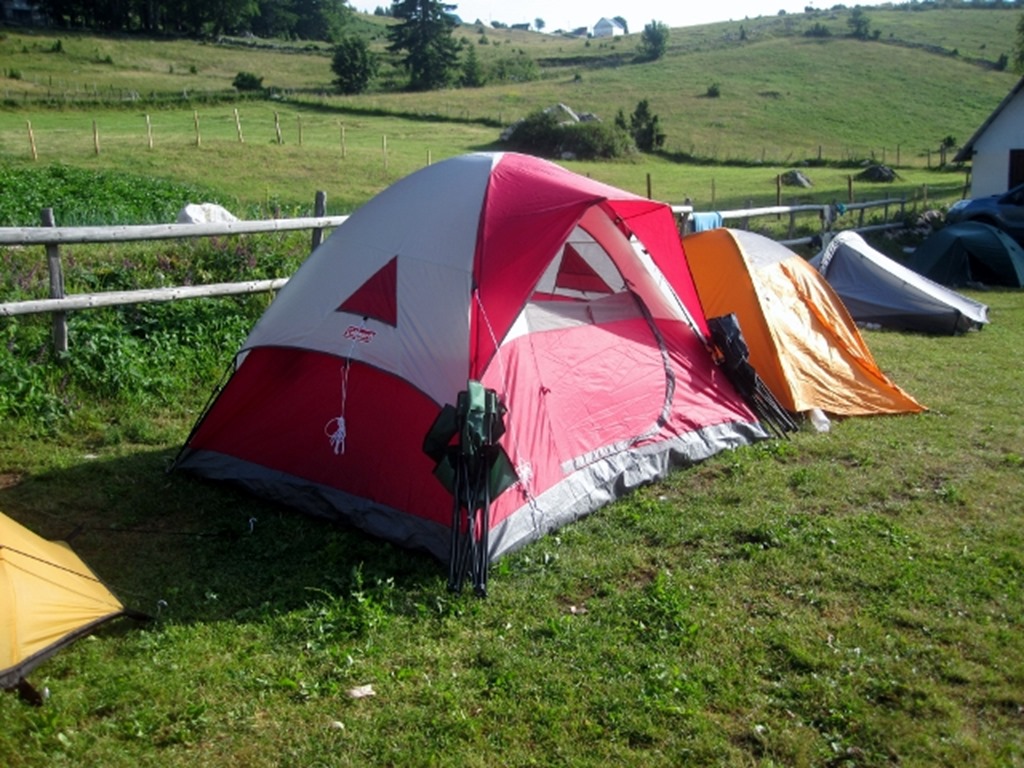
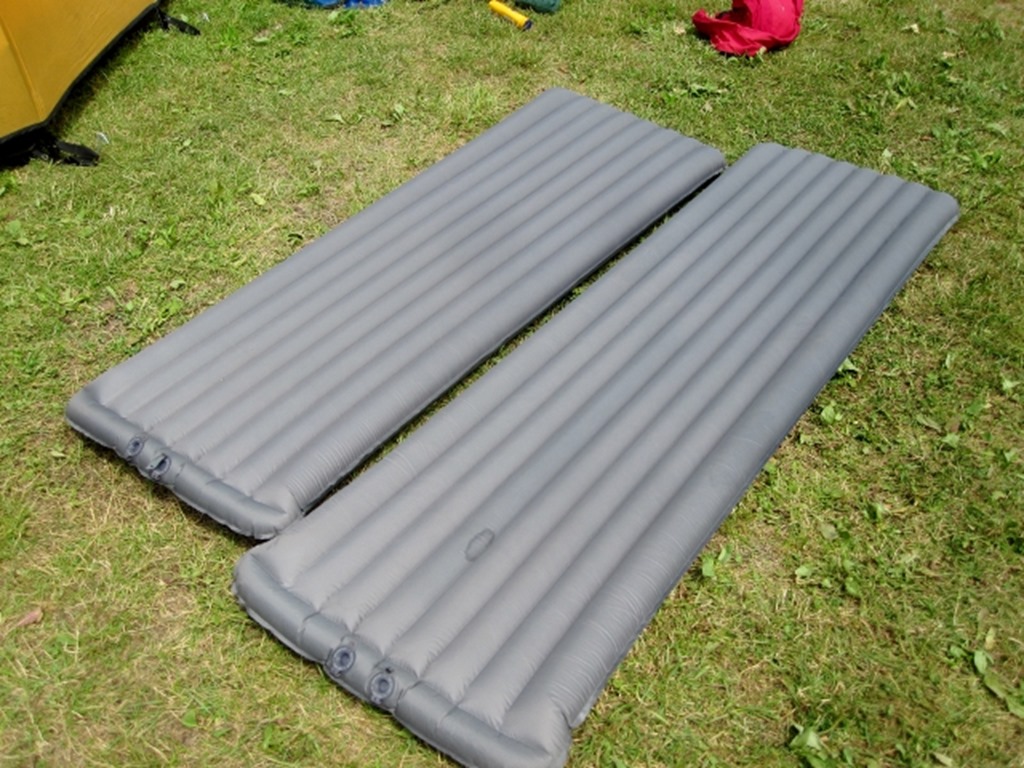
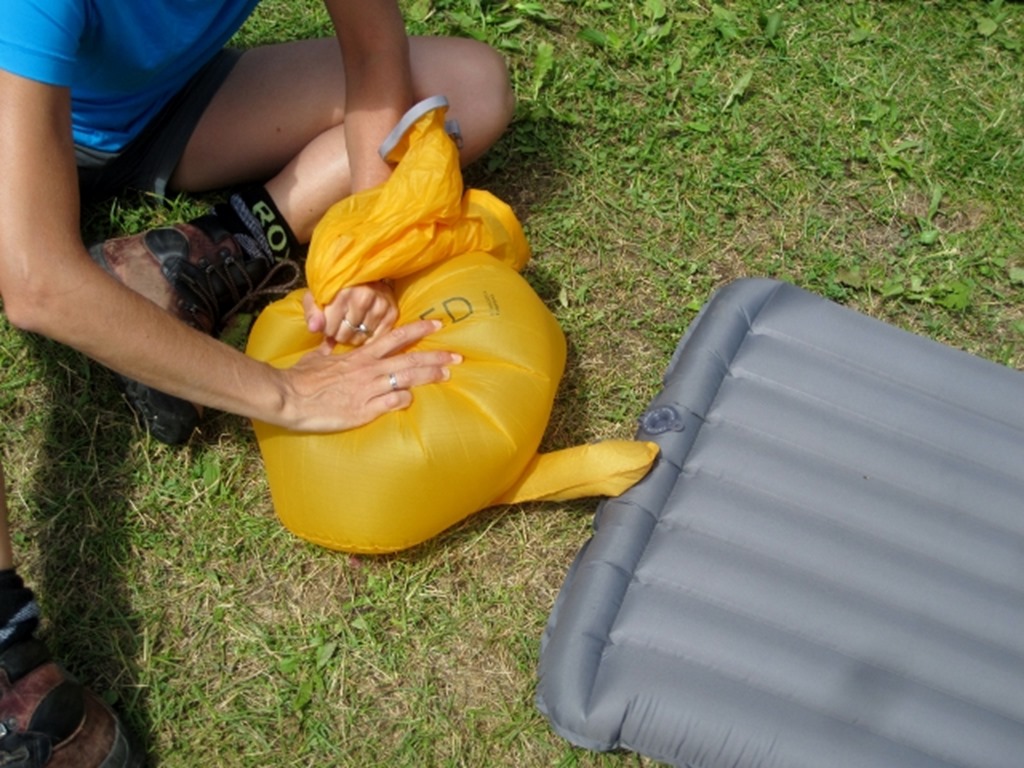
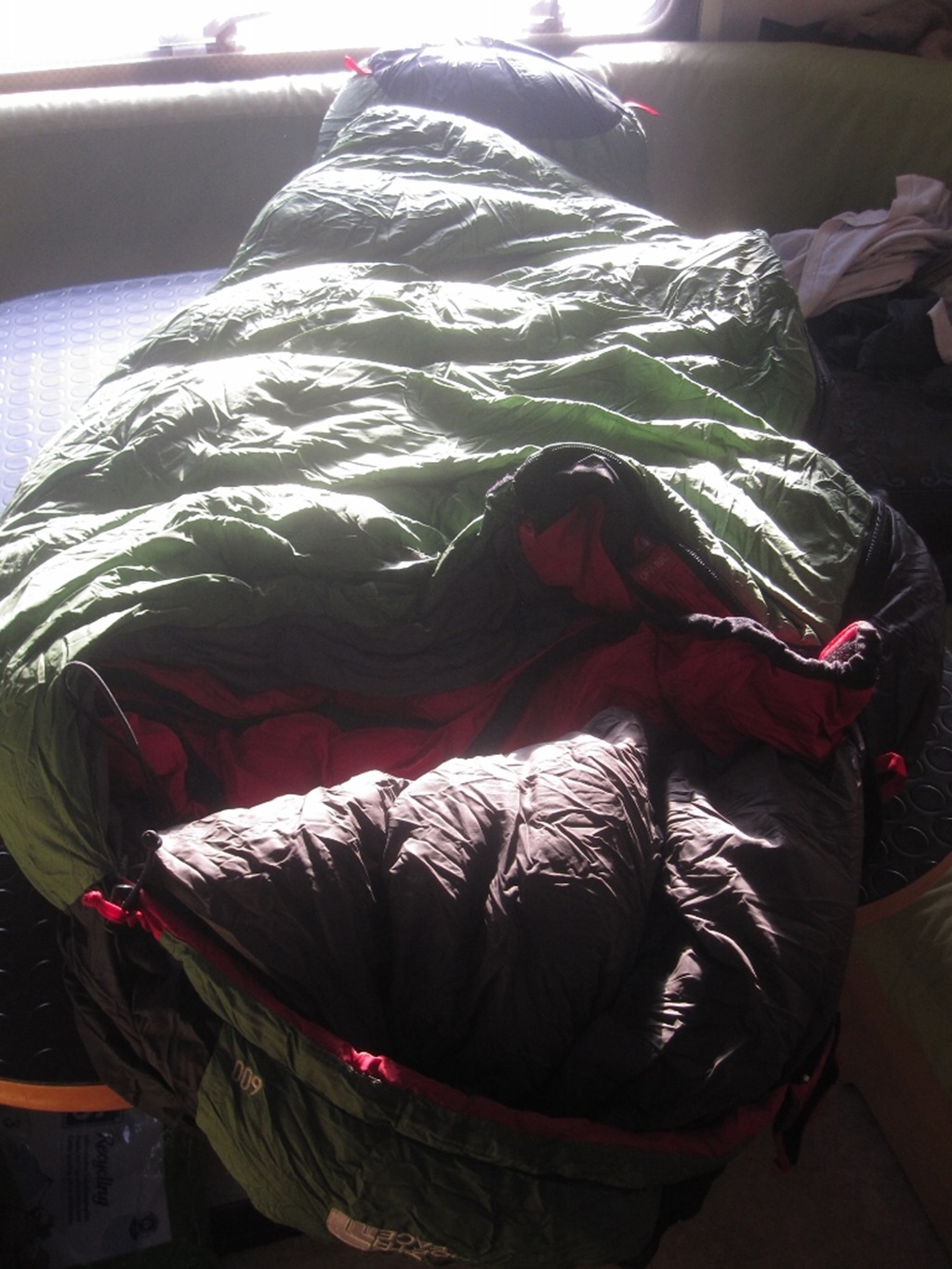
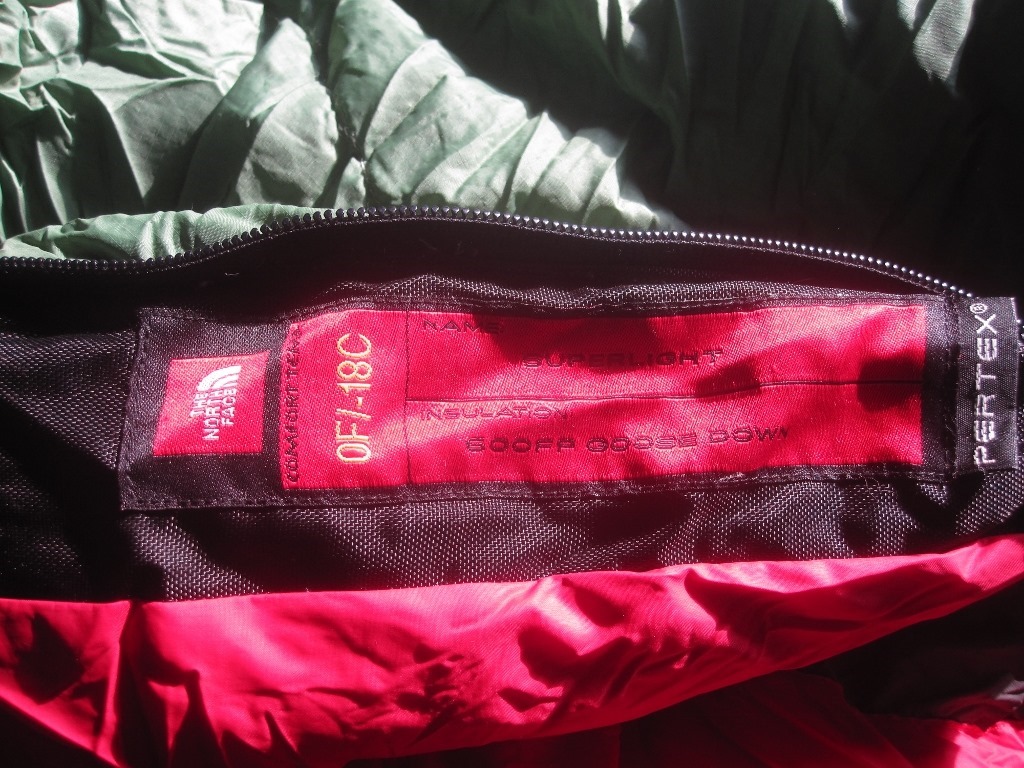
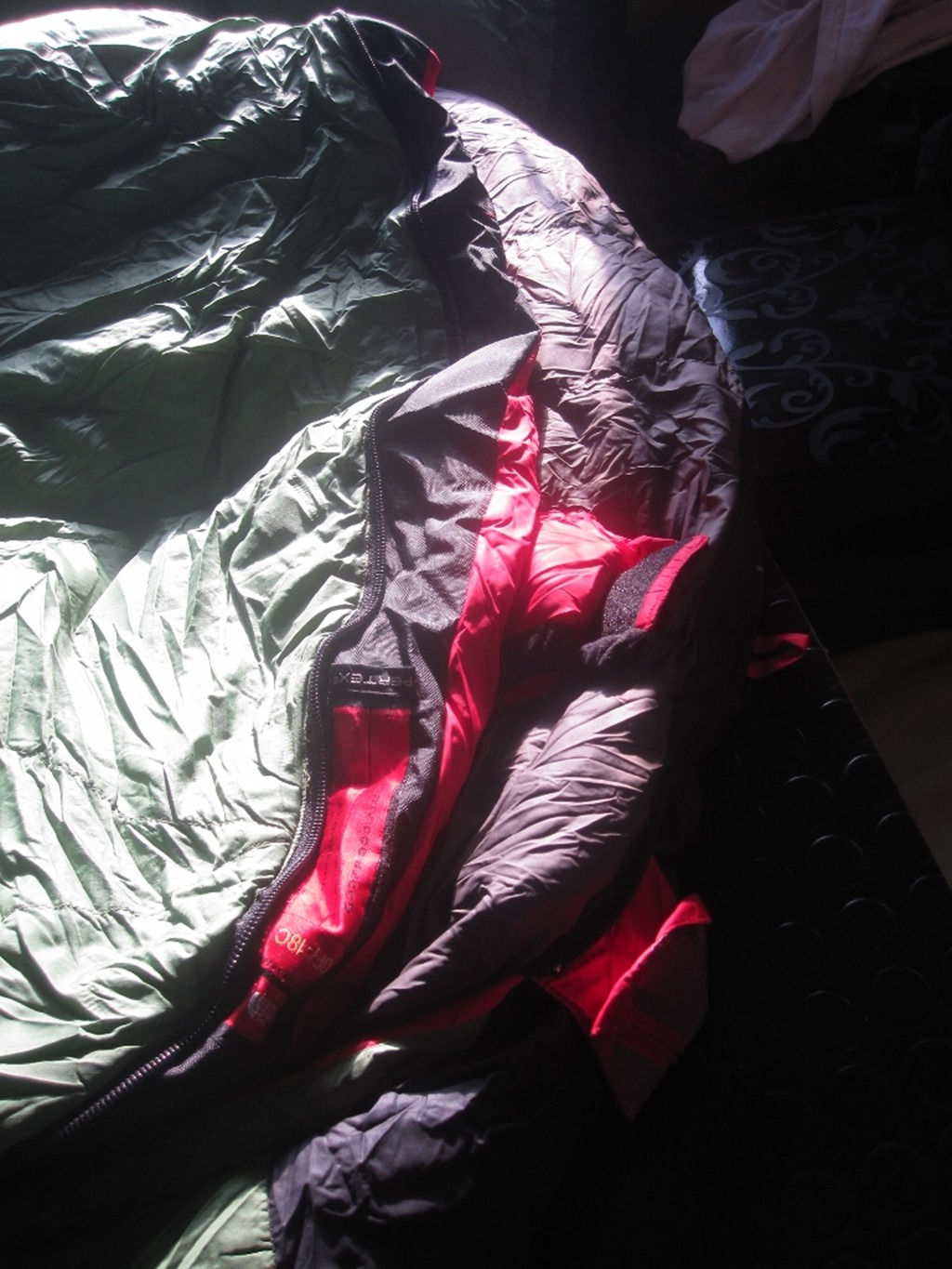
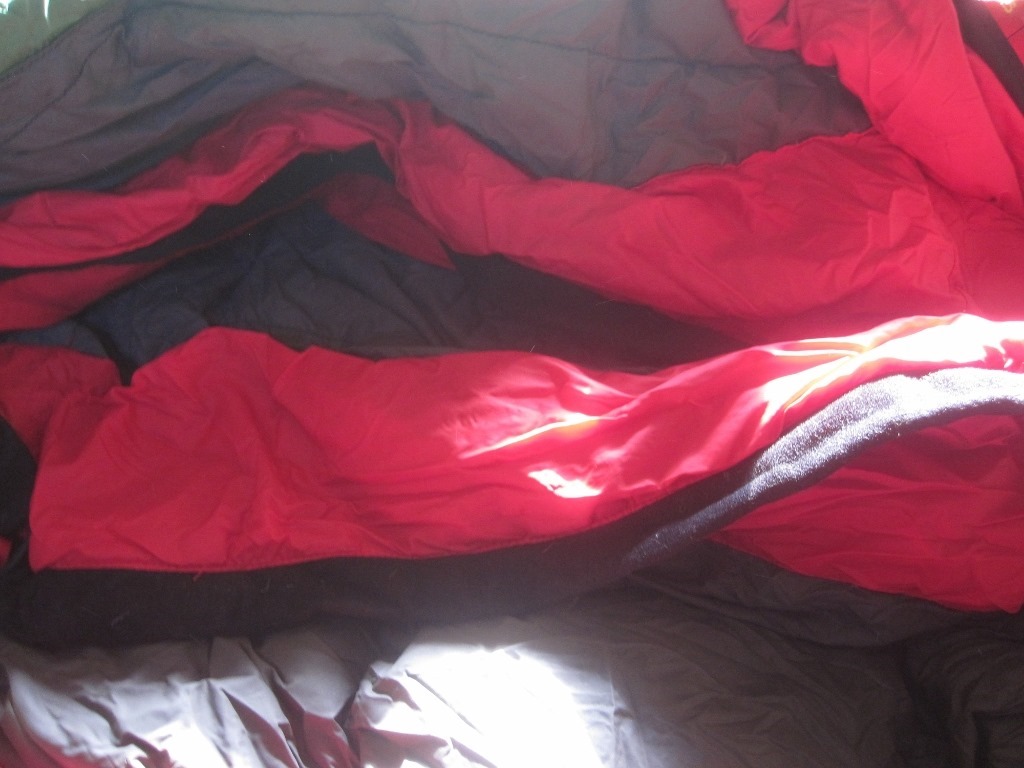
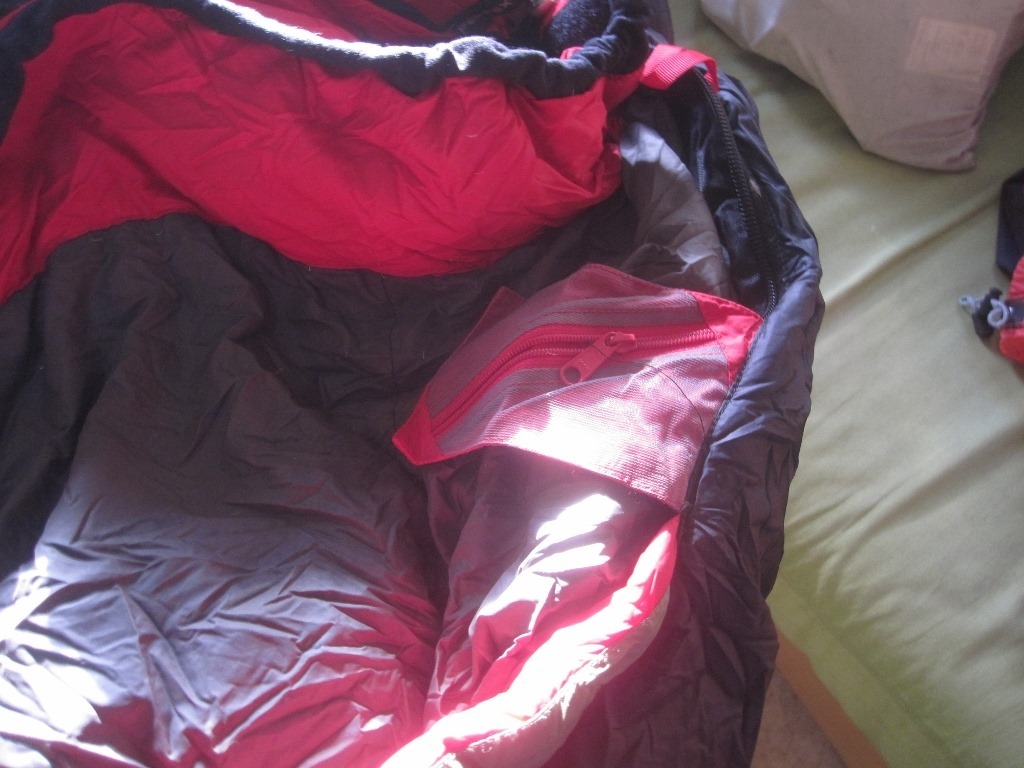
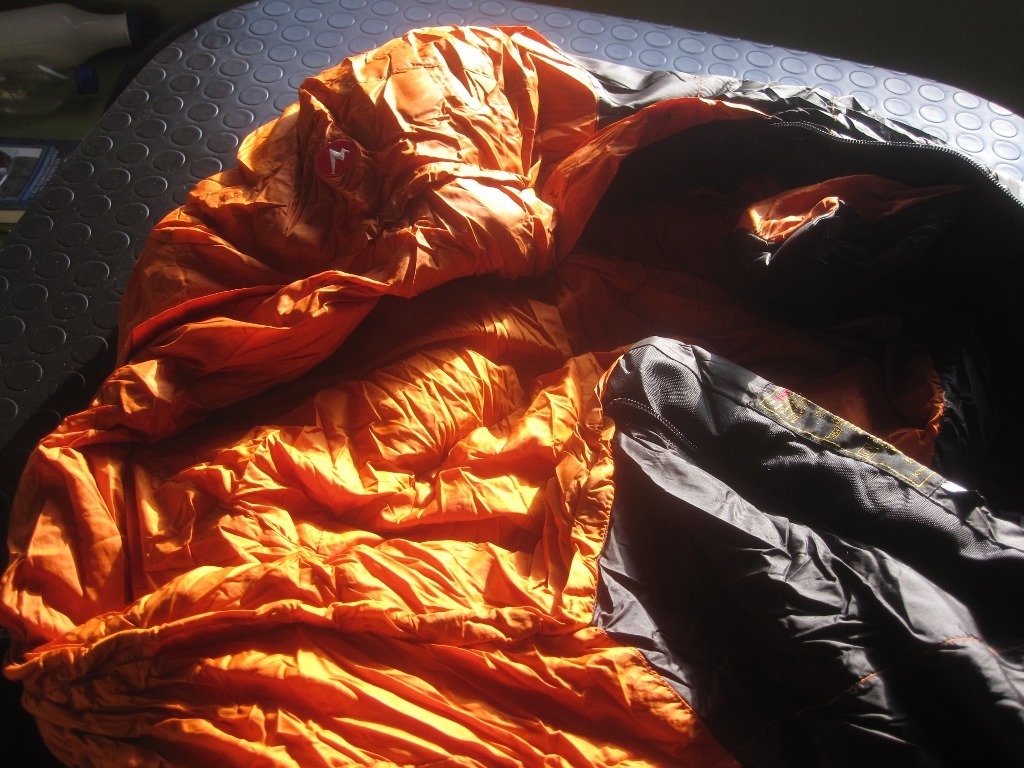
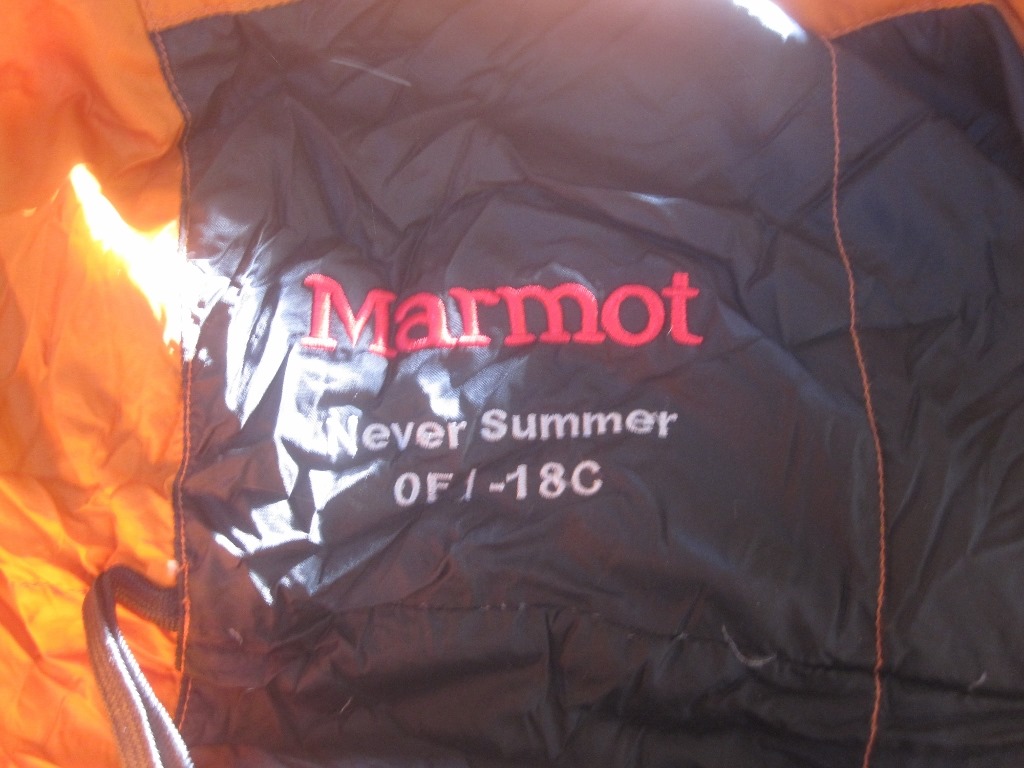
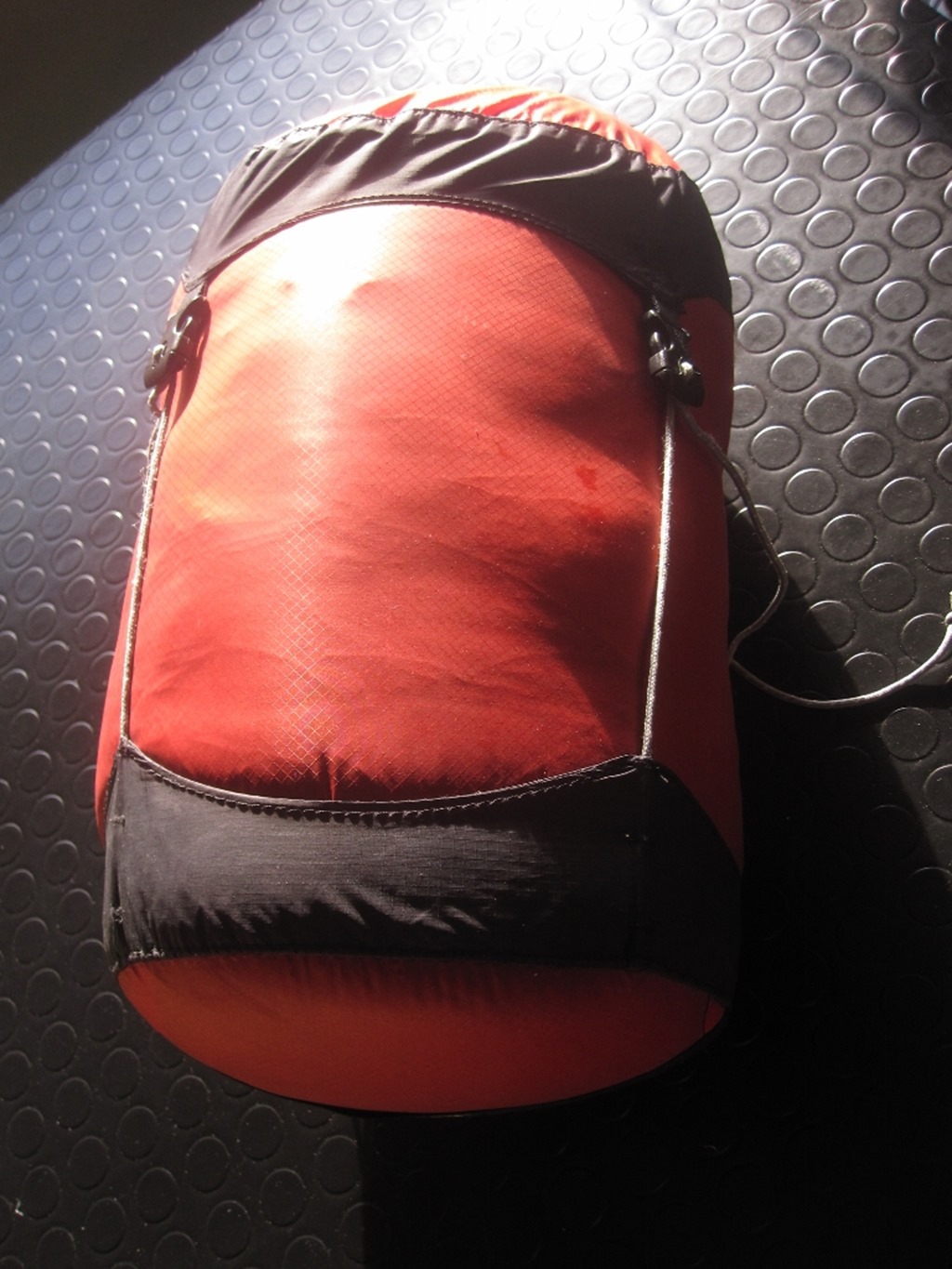
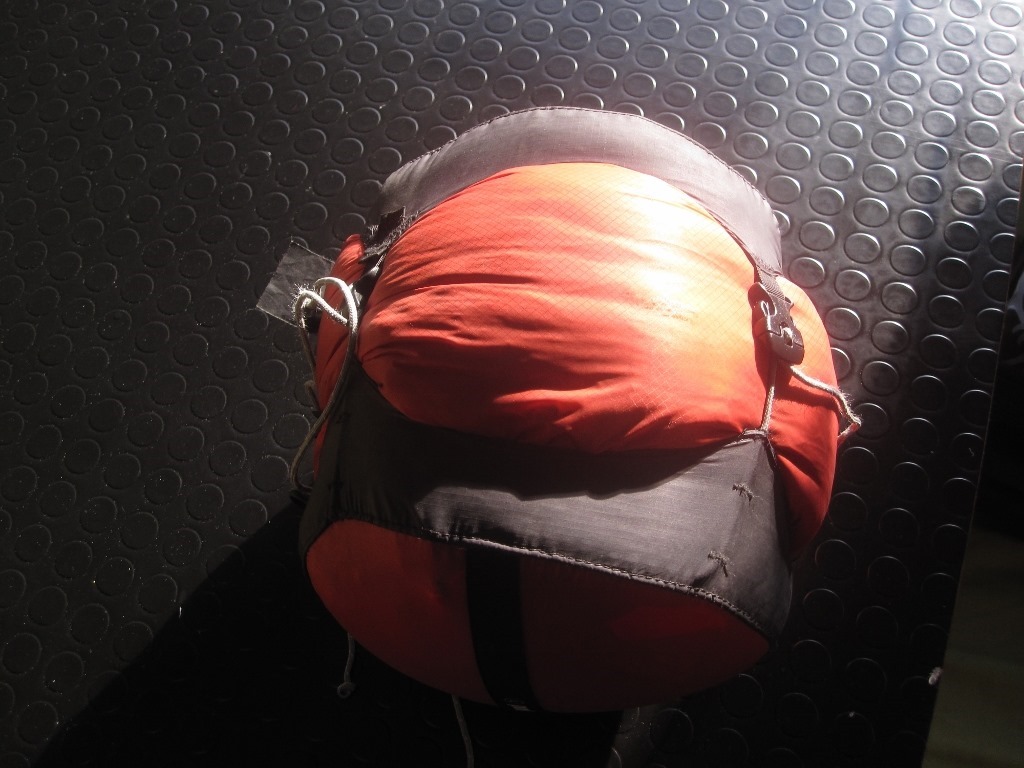
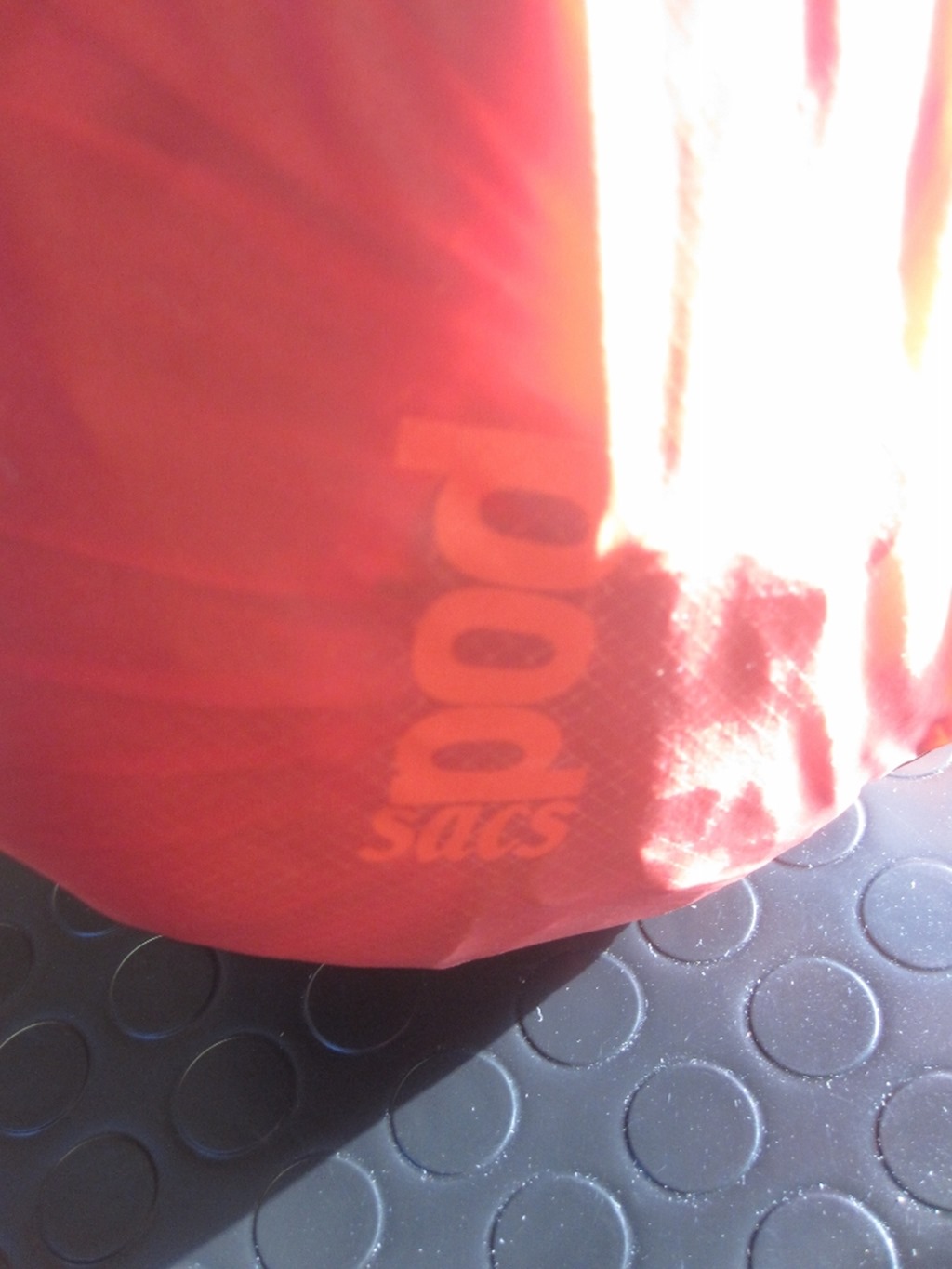
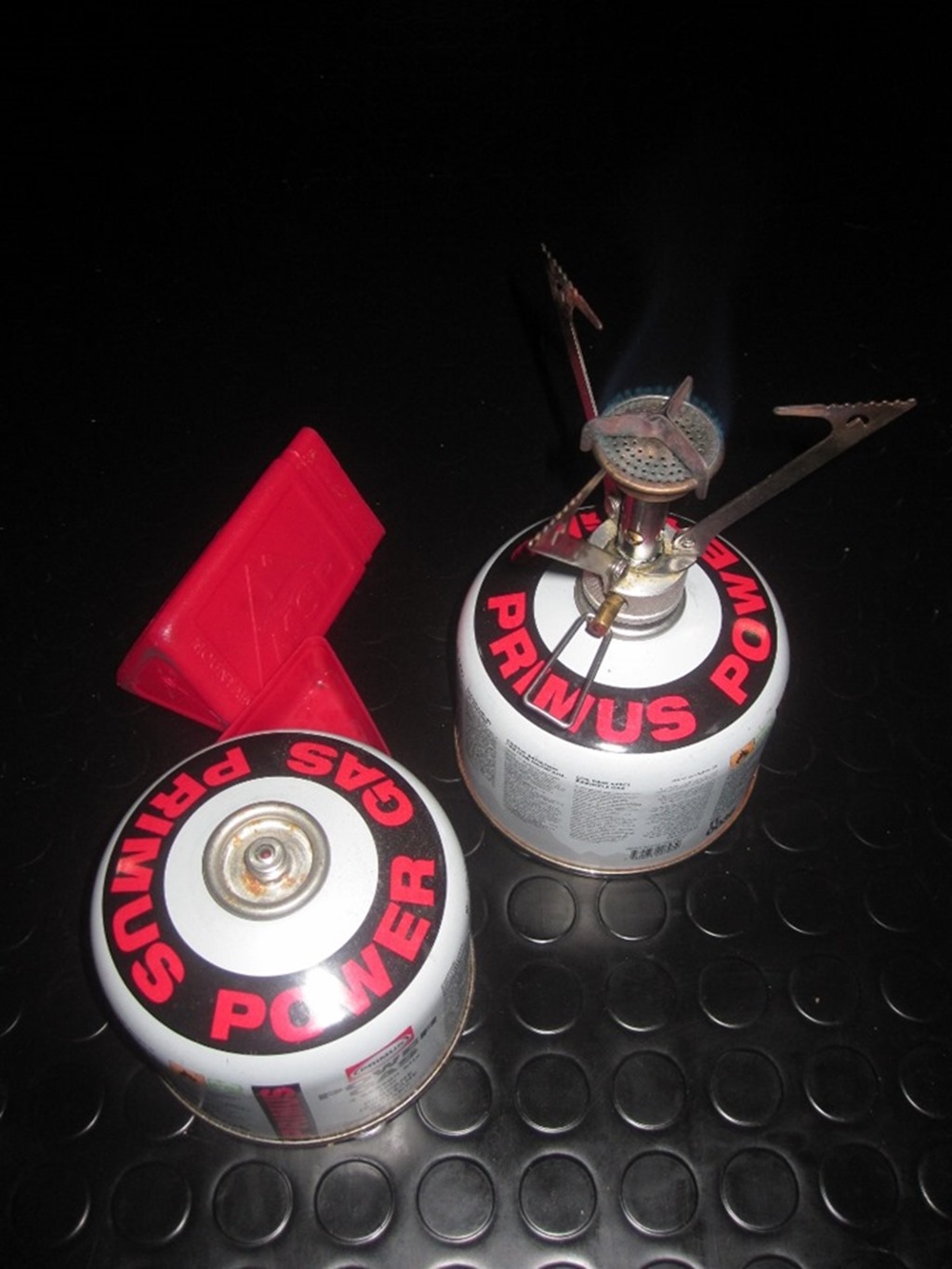
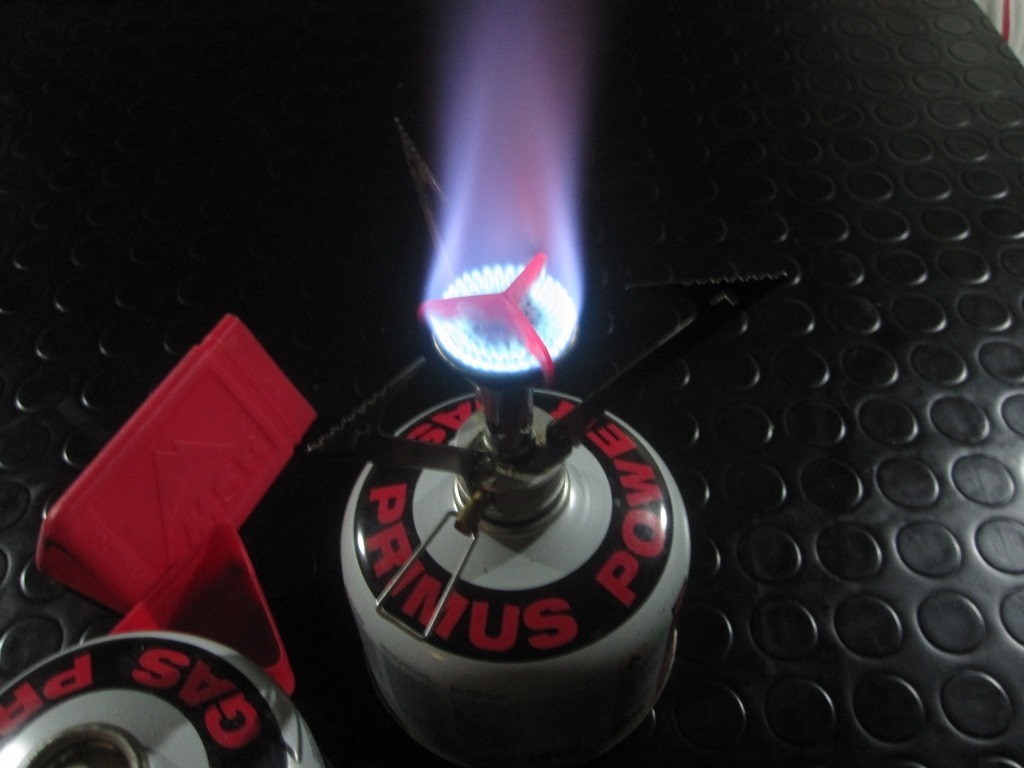
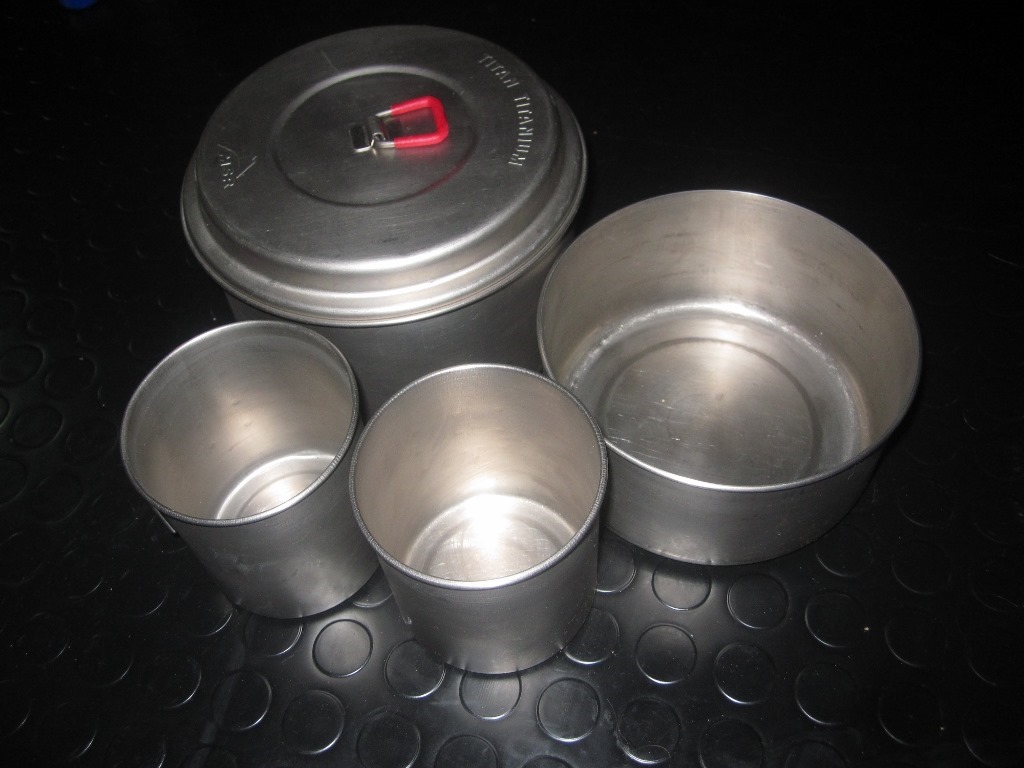
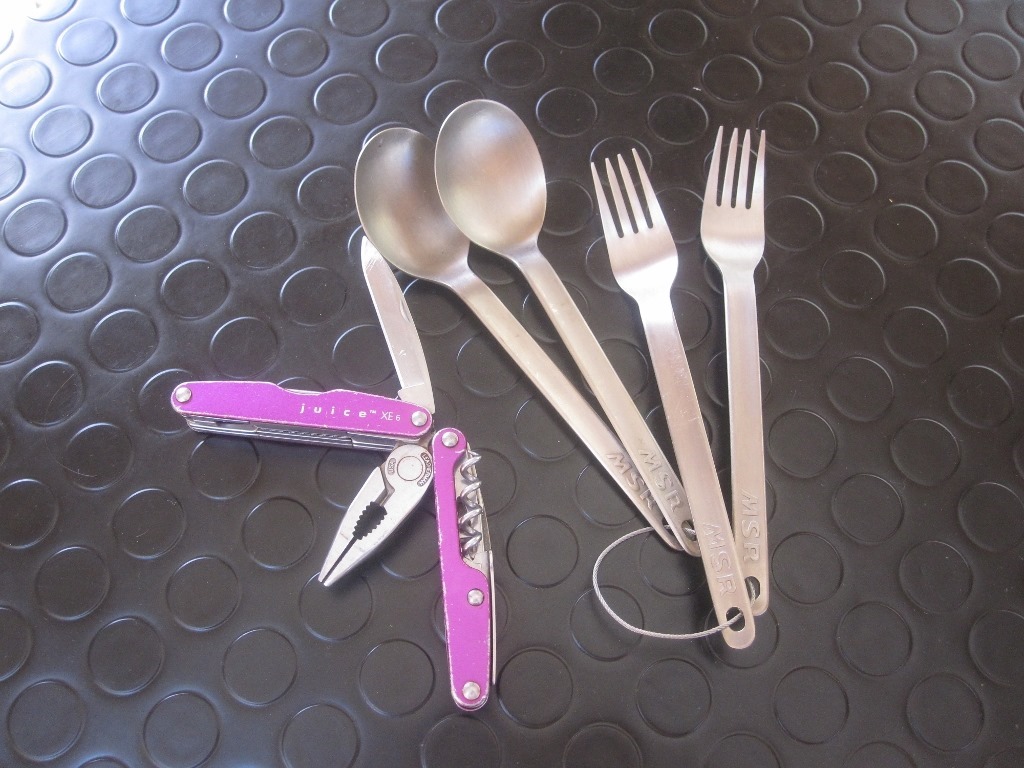
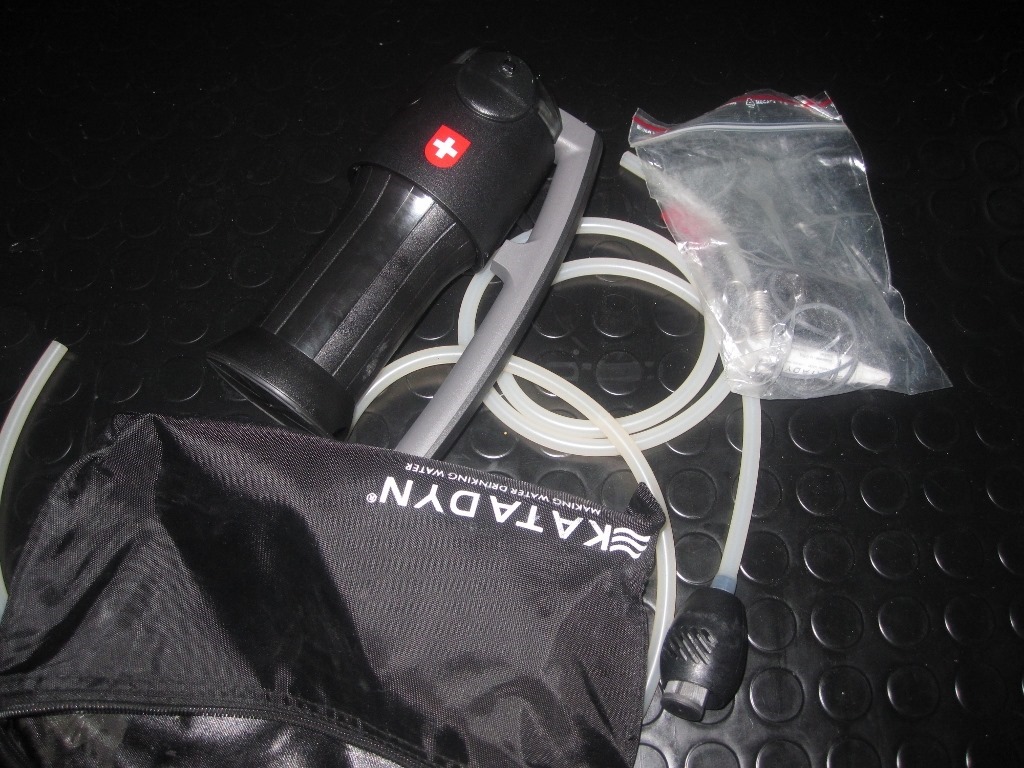






Muy buena lección para los interesados en hacer campig , agradecerán vuestros consejos-
Nada, apuntate!